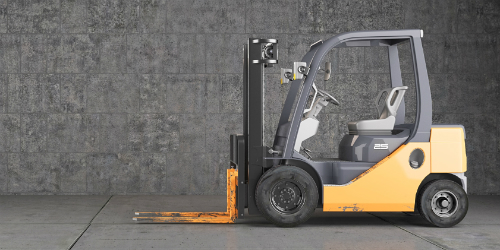Industrial Vehicle Use

Tractors, graders, bulldozers, excavators, and forklifts are all examples of industrial vehicles. Some can be driven on regular roads and some are strictly off-road, special use vehicles. They all require special training both in driving skills and in task operations. Fuels used by these vehicles include gasoline, diesel fuel, and propane. Industrial trucks are frequently involved in accidents. Size and weight are common factors in these accidents. These are heavy vehicles and mostly slow moving in relation to other traffic. Because they are designed for functions other than solely transportation and are often used on uneven surfaces, they tend to be unstable. Visibility is also an issue because of size, and regulations require special procedures, including the use of spotters, particularly when reversing.
Industrial trucks are used for a variety of tasks, but mostly related to moving goods, excavation, or construction. Therefore, regulations for their use may be included in regulations for these other tasks.
There are specific regulations for the use of all industrial vehicles. In many cases, these vehicles fall under multiple jurisdictions including the Department of Transportation. Cal-OSHA has regulations for forklifts and for construction vehicles. In some cases, vehicle operators require multiple certifications. Operators of motorized, mobile cranes, for example, are required to have crane operating certification in addition to a vehicle driver’s license.
To get more information on the applicability of industrial vehicle use programs for a specific County operation please contact the corresponding departmental Safety Coordinator.
For further information on specific regulatory guidelines please refer to the link(s) below.
Operating Rules for Industrial Trucks (Cal-OSHA Safety Fact Sheet – General Industry Orders)
Industrial Trucks (Cal-OSHA General Industry Orders)
Haulage and Earth Moving (Cal-OSHA Construction Safety Orders)
Motor Vehicles (OSHA Construction Safety Orders)
 Translate
Translate